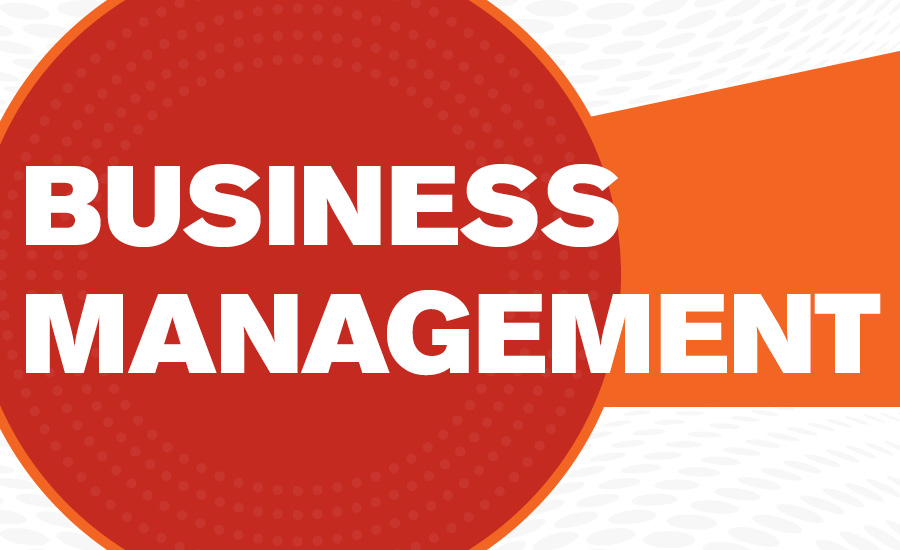Business Management Reflective Folio
Business Management Reflective Folio Assignment Help Online
The controversial Dove Ad 2017 created an uproar in the social media due to its approach towards skin care and spread controversy in minutes. A black woman takes off a brown colored shirt and becomes a white woman wearing a light beige shirt. This Ad had the objective to show that Dove body wash is for all skins irrespective of race and color. However, it failed to portray the concept clearly to the audience, which was women of all races and was ineffective. The brand clarified that both the black and white women removing their shirts meant to represent the “after” stage of using the Dove body wash, however, they could not convey the message. They
apologized and said that the ‘feedback for the ad will guide them in the future”. An article in Adweek shows how Dove apologized for ‘missing the mark’ (Richards 2017).
If Dove body wash claims to reach out women of diversity, it should first consider marketing them from the beginning; to make it clear how it would be beneficial to all skin colors or types. Moreover, it should also re-design its marketing strategies by understanding the consumers or the target audience at a deeper level by standing in their
shoes. Dove should also incorporate proper screening where it could screen and broadcast appropriate content, by involving employees from all backgrounds and experiences.
The Gillette Ad 2019
The Gillette Ad 2019 triggered both negative and positive reactions from the public.

The customer loyalty can be maintained by not changing the tagline. The Ad could avoid controversy by engaging two separate audiences, men and women, as to
According to Coffee (2019) in Adweek, the Ad covered issues of bullying, harassment and misogyny, and showing men accountable for each other and supporting a new generation working toward their best behavior. The Ad also engaged women who believed that the Ad is against bad behaviour of men. The objective in the Ad was to target two audiences at the same time; a) men who have responsibility towards raising a new generation of boys who are accountable for each other and do not make excuses for bad behaviour, and b) women who condemn bad behavior by men and misogyny.
avoid confusion and gain sales. According to Zupan (2019) in Adweek, ‘engaging women in the shaving industry has been a neglected opportunity’. Gillette should also carry out research to understand the current audience before changing the tagline after 30 years.
The brand had positive motives for this Ad, where it wanted to create a positive change. However, the result was that Gillette lost some buyers due to some people believing it to be stereotypical and portraying toxic masculinity, but also managed to engage a new audience, i.e. women, ‘…while maintaining the original branding and message for their traditional audience’ (Zupan 2019).
Stage II.
Award Winning Ad Campaign: GO WITH FAKE – DIESEL
The Ad campaign by Diesel with the name “Go with Fake” was a huge success and managed to boost sales of the so-called fake Diesel clothing in a pop-up shop. This pop-up shop was a stunt to attract people and the original clothing was sold at cheaper prices. Later, when the truth was revealed to the public in a fashion week, the pop-up shop was sold out and the online stock also sold out three times. The fake spellings “DEISEL” became a fashion statement and attracted even the new consumers of younger generation. The brand clearly got successful and affected consumer behaviour in a positive and sustainable ongoing way.
The key elements that made this ad campaign a huge success included the clothing to be excellent quality only with a purposeful fake spelled logo. The buyers were surprised to see such good quality products in a small kinky store. This gave buyers a chance to differentiate between originals and fake quality products and was a way of rewarding buyers for their fashion sense. Moreover, this also connected the new generation with the brand through “direct-to-consumer twist on fashion marketing” (Nudd 2018) and igniting experiences in them from finding to buying exclusive products (Richards 2018).
Stage III. Ads by Category
- Social Media – Sephora Ad #neverstop 2018
- Evaluative Critique of the ad campaign
The objective of the Sephora Ad campaign was to reach its target audience, women from different backgrounds, and unite them, by creating a conversation through the use of online marketing. It used the hashtag #neverstop on social media to make it viral. The brand knew that the majority of its audience is found on social media, such as, Facebook, Instagram and Snapchat, therefore, it tactfully brought its customers in limelight through visual content showing five women with different beauty stories.
This campaign was effective as it advertised where it was most comfortable for the audience and engaged them in a response. It encourages women from all backgrounds, color, shapes and sizes, to stand united, be brave and outstanding (Johnson 2017). Sephora had gathered information on its audience, its preferences and demographics, therefore, it was successful in launching this campaign.
Sephora did not make much effort in producing this ad campaign. It was simple market research and knowing the preferences of its consumers. However, in order to cater more audience, Sephora could incorporate more marketing strategies along with the hashtag marketing technique, such as, flash sales, competitions, contests or giveaways.
This could also trigger excitement and interest in the audience.

Hire Expert Writers at
Affordable Price
WhatsApp
Get Assignment Help
-
Evaluative critique of the journal article
The article by Putter (2017) is a good example of how social media has become important and a fundamental way of reaching out to the audience and maintaining a competitive edge over its competitors. The companies need to incorporate technologies while focusing on the four P’s of the marketing; price, promotion, product and placement, along with emotional and psychological needs of the consumers. To develop relationships
with the consumers, one of the essential technological marketing means is social media, which is good for word-of-mouth marketing, consumer-to-consumer communications and brand awareness (Kozinets et al 2010).
The article has discussed the advantages of using social media as a marketing tool, mentioning engagement of consumers, consumer interactions and branding. These elements change the perceptions of the consumers about the brand and which benefits brand equity. Social media also helps in increasing and maintaining brand loyalty through brand related content and brand associations on media like, Facebook, Instagram and Snapchat. This in turn, creates value in the business environment. “Socialization around specific brand expectations and knowledge can influence decision-making and shape the way consumers assess brand-based information” (Putter 2017, p. 10).
The article is descriptive for the advantages of the use of social media. It has used literature review to assist the discussion. However, there is a need to include facts and figures, statistics and quantitative workings to show how social media has affected or can affect marketing of a certain brand.
- B2B – HP “The Wolf” series
- Evaluative Critique of the Ad campaign
This campaign involves the three short film sequels starring Christian Slater who shows how he can access to any company’s sensitive information by hacking the unprotected technological products through easiest means.
Christian Slater mentions a few examples in the first ad, how insecure printers could throw down a whole company, even with expensive security systems. This short film is followed by two more sequels: ‘The Wolf – the Hunt continues’ and ‘True Alpha’. Both these short films showed the vulnerabilities that technology possess. Some stats for the loss of data are given followed by insecure hospital equipment in the second sequel and printers in the third sequel. The target audience for this HP ad campaign are the companies and businesses who use printers and computers in their daily business activities; for personal and business on-goings.
Although ‘The Wolf’ ad series are longer than the usual ads, they spread awareness about cybersecurity, monetary security and political security, and, are worth watching. HP’s marketing campaign got successful as it spread awareness to the businesses and the consumers about the risks that they may be facing if their printers and computers are not HP secure.
- Evaluative critique of the journal article
In the article by Jagodic (2014), the impact of B2B marketing on the performance of businesses has been discussed. Jagodic (2014) states that B2B marketing demands mutual coordination and compatibility between the two companies involved, which means technological support, proper communication, and merger of simple business processes for achieving the goals. Mutual trust and understanding is also required between the two businesses. The more the value assigned to these activities, the more
qualitative the B2B marketing will be. The impact of technical support on B2B marketing and the impact of employee relationship on B2B marketing also matters.
The article has reviewed relevant literature in the field of B2B marketing, identified the fundamental elements of business performance-related B2B marketing and discussed the impacts of B2B marketing on a business’ performance. However, quantitative analysis is required to show how marketers struggle to produce innovative and original material. Findings need to be made on whether the B2B marketing is done through direct or indirect means, what challenges the whole process faces and how the potential and target audiences could be understood and catered to. Weighing the elements and environmental factors and the preferences of the target audience will also help the businesses to assess the returns that they will receive and reflect on their budgets that they need to spend on marketing.



